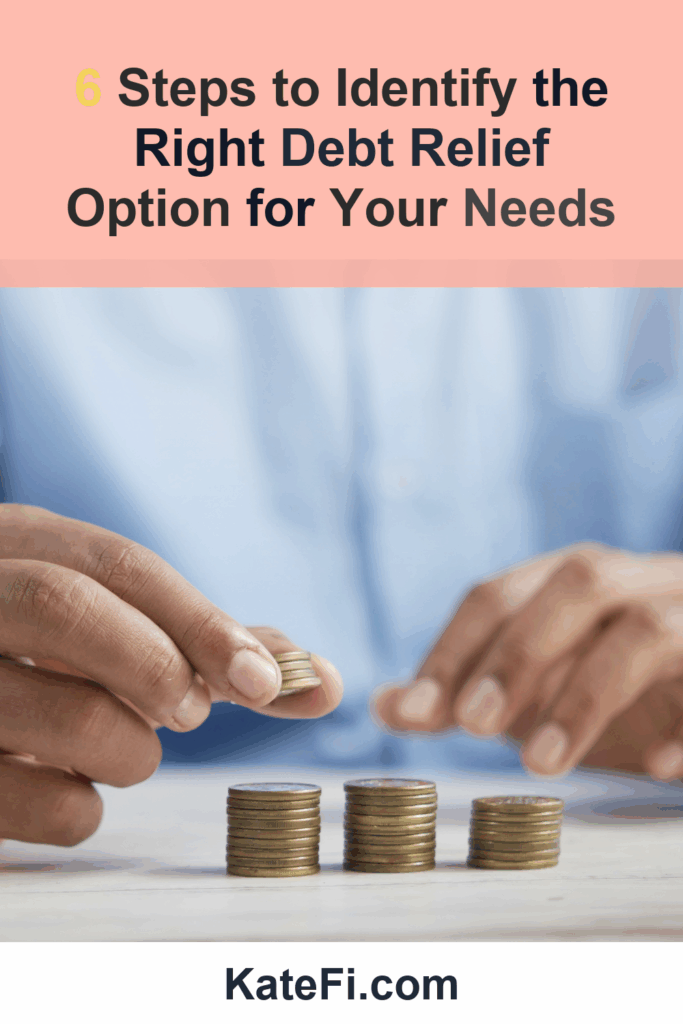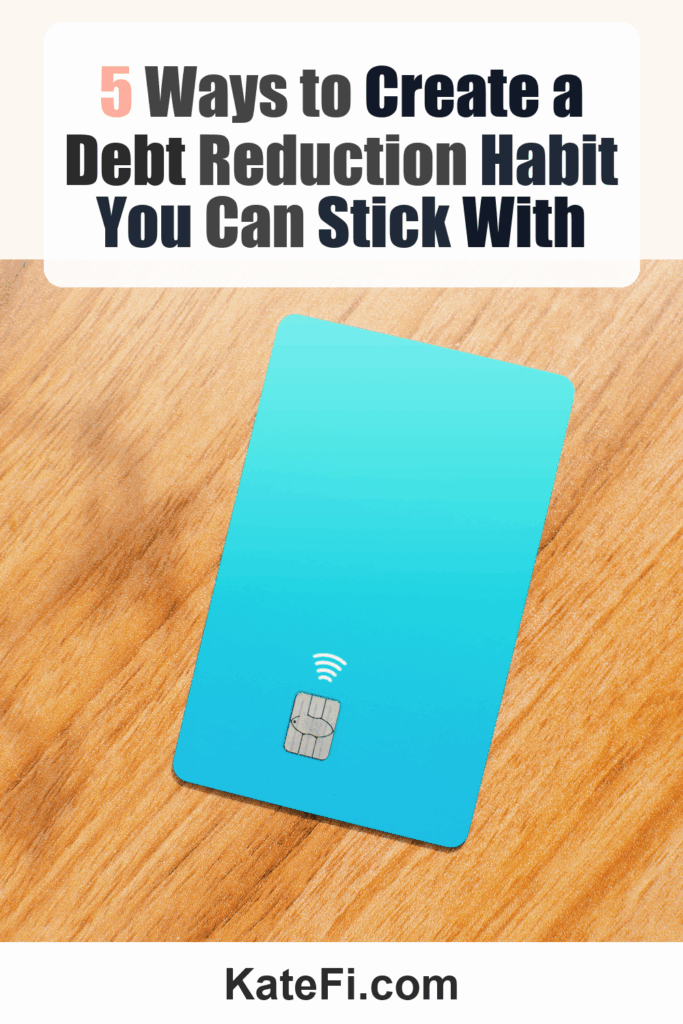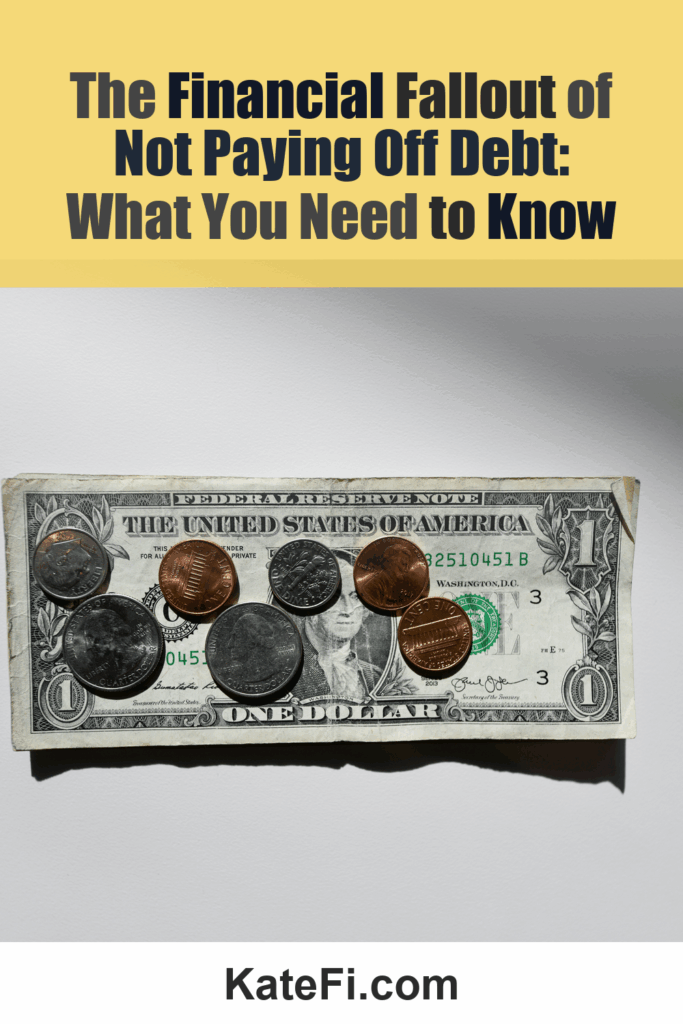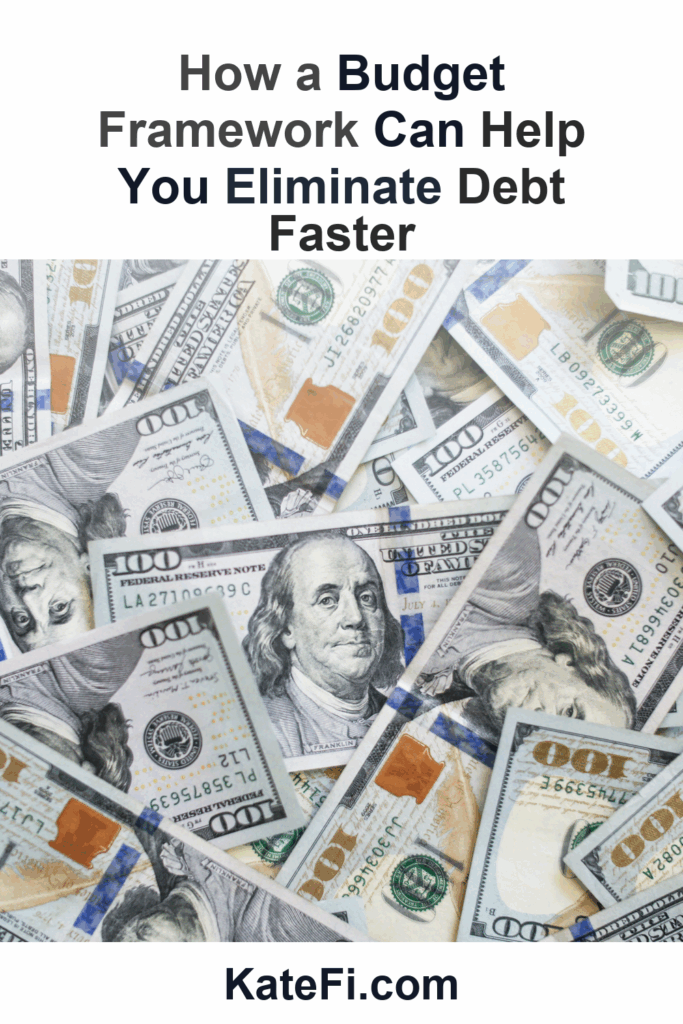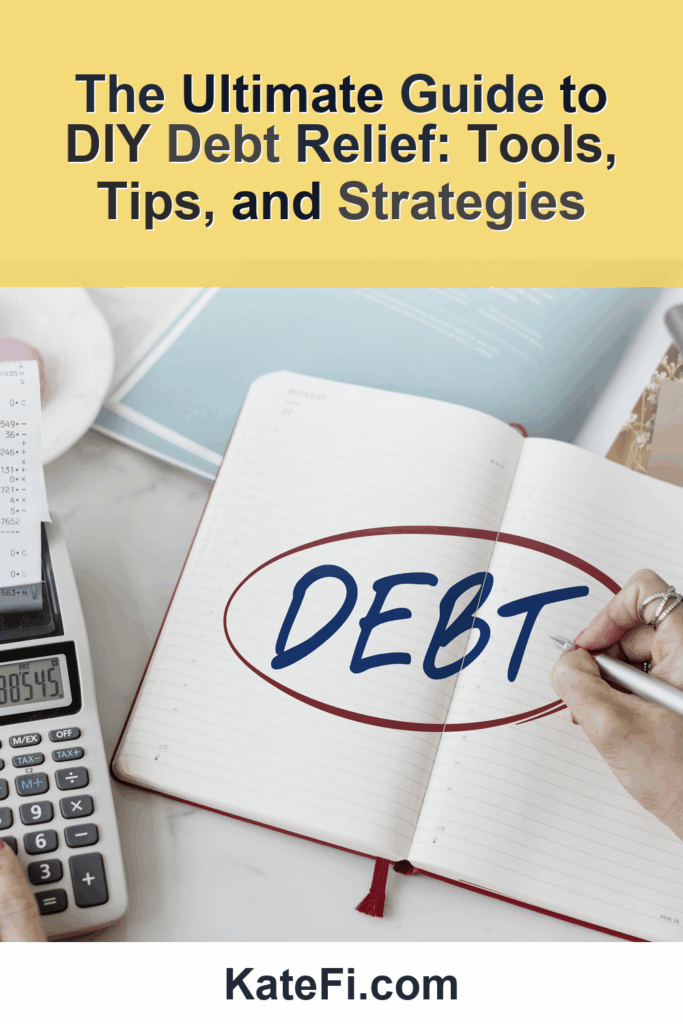6 Key Components of an Effective Debt Relief Strategy
Debt can feel overwhelming, leaving many individuals trapped in a cycle of anxiety and uncertainty. However, creating an effective debt relief strategy is not just about making payments; it involves a holistic approach that can help you regain control of your finances. Below, we will explore the key components of a successful debt relief strategy, along with pro tips, common pitfalls, and important considerations for your credit score.
Love our content? Show your support by following us — pretty please!🥺
FOLLOW ON PINTEREST
Hi! I’m Kate, the face behind KateFi.com—a blog all about making life easier and more affordable.
Understanding Your Debt Landscape
What You’ll Learn on the Call
- Estimated timeline and monthly payment range
- How credit may be affected in the short term
- What documents to gather to move faster
Not available in IL, KS, OR, TN, UT, WV.
Before you can create a successful debt relief strategy, it’s essential to understand the full scope of your debt situation. This means taking inventory of your debts, their amounts, interest rates, and repayment terms.
Pro Tip: Create a Comprehensive Debt Inventory
Gather all your financial documents—statements, bills, and any contracts related to your debts. Use this checklist:
- Credit card statements
- Loan documents (personal, auto, etc.)
- Mortgage statements (if applicable)
- Collection notices (if any)
This organized overview will empower you to make informed decisions moving forward.
Common Pitfall: Ignoring Small Debts
Many individuals overlook smaller debts, thinking they don’t have a significant impact. However, these debts can add up quickly, affecting your financial situation and mental well-being.
Budgeting: The Backbone of Debt Relief
A well-planned budget is crucial for any debt relief strategy. It enables you to allocate your income efficiently and make regular payments toward your debts.
Pro Tip: Build a Realistic Budget
Follow these steps to create a functional budget:
- List your income sources: Include your salary, side gigs, and any passive income.
- Outline monthly expenses: Separate your needs (rent, groceries) from your wants (eating out, entertainment).
- Determine your discretionary income: Calculate what you have left after essential expenses.
- Allocate funds for debt repayment: Prioritize high-interest debts first.
Common Pitfall: Underestimating Expenses
Many people miscalculate their expenses, leading to budget shortfalls. Make sure to track all your spending for at least a month to get a realistic picture.
Building an Emergency Buffer
Understand pros/cons of settlement vs consolidation vs DMP for your exact mix of debts.
Not available in IL, KS, OR, TN, UT, WV.
While paying off debt may seem like your primary focus, it’s crucial to establish an emergency buffer to prevent future financial setbacks.
Pro Tip: Start Small
Aim to save a small amount each month to build an emergency fund. Even a few hundred dollars can make a significant difference in unexpected situations, such as car repairs or medical expenses.
Comparison Table: Emergency Buffer Benefits
| Benefit | Without Buffer | With Buffer |
|---|---|---|
| Financial Security | High stress, limited options | Peace of mind, more options |
| Impact on Debt Payments | Risk of missing payments | Flexibility in payments |
| Credit Score Stability | Increased risk of delinquencies | Better control over finances |
Negotiation: Finding Common Ground
Negotiating with creditors can be an effective way to reduce the amount you owe, lower interest rates, or establish more manageable repayment terms.
Pro Tip: Prepare for Negotiation
Before entering a negotiation, gather the following documents to support your case:
- Income proof: Pay stubs or tax returns
- Monthly budget: Show your payment capability
- Debt inventory: List your outstanding debts
Common Pitfall: Approaching Negotiations Unprepared
Walking into a negotiation without preparation can lead to unfavorable terms. Always have a clear understanding of what you’re asking for and be ready to explain your financial situation.
Credit Score Impact: Short-Term vs Long-Term Tradeoffs
👉 Start Your Free Debt Relief Review
Not available in IL, KS, OR, TN, UT, WV.
Debt relief strategies can have varying impacts on your credit score. While settling a debt or entering a debt relief program may result in a temporary drop in your credit score, the long-term benefits can outweigh these initial consequences.
Short-Term Impact
- Settled debts: May show as “settled for less than owed,” which can negatively affect your score.
- Increased utilization: If debts aren’t being paid, your credit utilization ratio may rise.
Long-Term Impact
- Improved financial health: As debts are paid off, your financial profile strengthens, often leading to better credit opportunities.
- Positive payment history: Over time, consistent payments and reduced balances can enhance your credit score.
Pro Tip: Stay Informed About Your Credit Report
Regularly check your credit report for inaccuracies and understand how different actions impact your score. Free reports are available annually from each of the three major credit bureaus.
Taking Action: Get Expert Help
Navigating the world of debt relief can be complicated, but you don’t have to do it alone. If you feel overwhelmed or unsure about your options, consider getting a free consultation to review your debt relief options. Experts can guide you through the process and help you develop a tailored strategy that suits your needs.
✅ See If You Qualify for Debt Relief
The Power of Commitment: Stick to Your Plan
Once you have laid out your debt relief strategy, commitment is essential. Ensure you:
- Review your budget regularly: Adjust as necessary to reflect any changes in income or expenses.
- Celebrate milestones: Recognizing your progress can keep you motivated.
Common Pitfall: Giving Up Too Soon
Debt repayment can be a long process. It’s crucial to remain committed to your strategy and not lose sight of your long-term goals.
Gather Essential Documentation for a Smoother Process
To expedite the process when seeking debt relief, gather the following documentation:
- Recent credit report
- Pay stubs or income verification
- Monthly budget
- List of debts, including balances and payment terms
The more organized you are, the faster you can get the assistance you need.
✅ See If You Qualify for Debt Relief
Conclusion
Creating an effective debt relief strategy involves a combination of budgeting, negotiation, and maintaining awareness of the credit score impact. It requires a commitment to managing your finances responsibly while planning for the future. The journey may seem daunting, but with the right strategy and expert help, you can pave the way toward financial freedom.
Don’t hesitate to take the first step—consider getting a free consultation to explore the options that work best for you.
Important: This content is for education only—not legal, tax, or financial advice. Results and eligible programs vary by situation and state. Fees apply if you enroll and complete a program. Debt relief can affect credit; missed payments may lead to collections/lawsuits. Not available in IL, KS, OR, TN, UT, WV.











